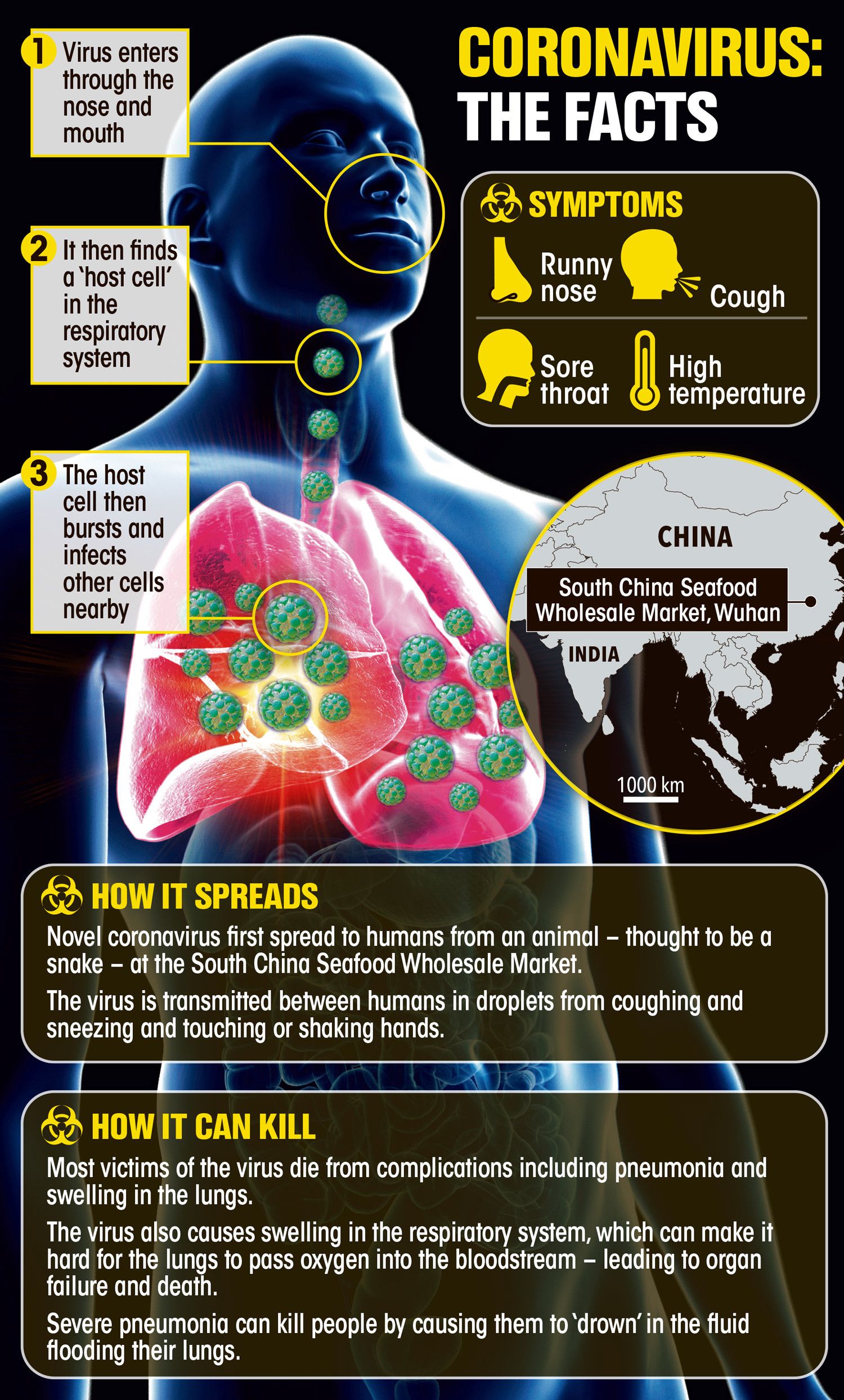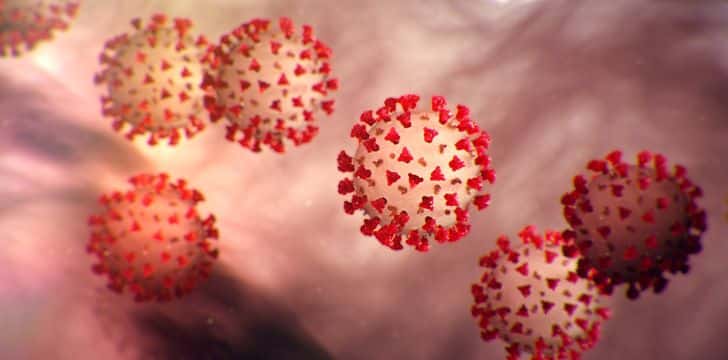These days you can’t escape the news about coronavirus. It’s on the front page of every paper, the headline news on every broadcast, and all over Facebook people are losing their minds.
But how much of what you know is misconception? For instance, did you know that out of all the closed cases 83% of them have resulted in a full recovery?
Or did you know that of the active cases 98% of patients are only in a mild non-threatening condition?
Hopefully these 5 facts about coronavirus will help you cut through the murky waters of misinformation out there and help you stay calm.
It originally came from bats.
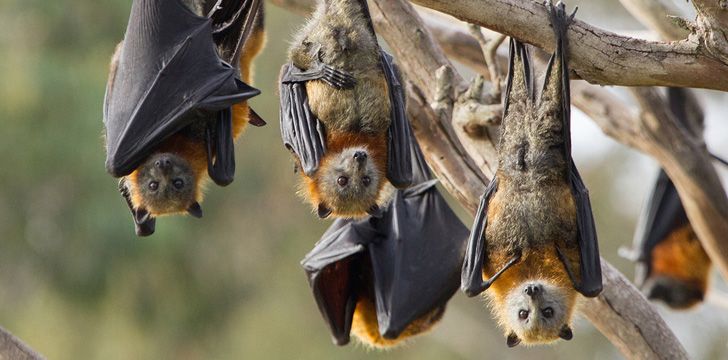
Coronaviruses are a family of viruses that cause diseases in animals.
Of all the different types of coronavirus present in the animal kingdom only seven have made the jump to infecting humans – with this latest one, the Covid-19 strain, being the 7th on that list.
The Covid-19 strain of coronavirus was identified by matching its genetic code to the same one found in bats.
Now, this global pandemic is thought to have started in Wuhan’s wet market, a market selling both live and dead animals.
However, bats were not sold at the Wuhan wet market in question, and thus it has been theorized that bats had infected live chickens or other animals sold at the market.
It’s related to Mers and Sars.
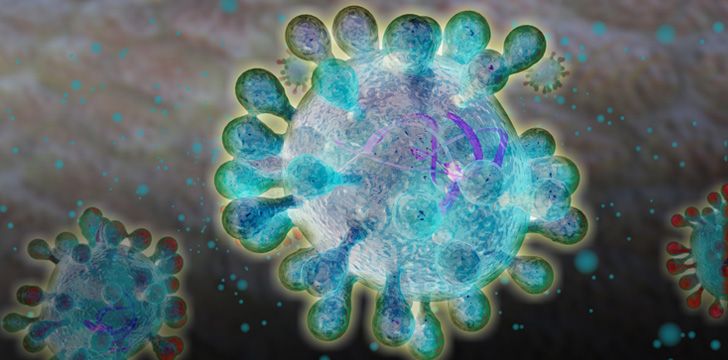
Of the seven coronavirus strands that have transferred to humans, the Middle East respiratory syndrome (Mers) and the Severe acute respiratory syndrome have been two of the deadliest.
These two viruses caused the deaths of over 1,500 people between them since 2002.
Kids aren’t affected by coronavirus as much as adults.
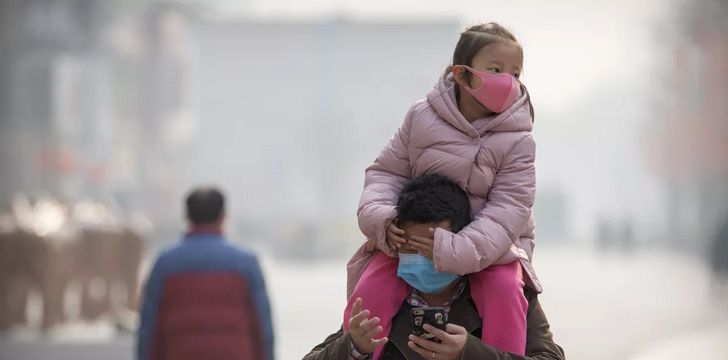
Of all the cases of Covid-19 so far, in America, only 1.7% have been in children, and between 0.58%–2.0% have been children who got critically ill from it – with just three child deaths occurring so far. But why is that?
This is still a hot topic in the science community, with many different theories being put forward.
Some believe that the young receptors within children’s bodies or lungs are interfering with the virus’s ability to attach itself.
However, during the big Sars and Mers epidemics of 2002, no children were counted for in the death toll either.
Scientists are keen to identify why the virus works this way as finding out why children seem to be immune could hold the key to finding the cure.
Coronavirus reached the Pandemic stage.

On March 11, 2020, the World Health Organization (WHO) confirmed that the spread of Covid-19 was now at a Pandemic stage.
WHO Chief Dr Tedros Adhanom Ghebreyesus said that, despite labelling the virus as a pandemic, their advice remains the same to countries trying to combat it.
He said that governments have to “strike a fine balance between protecting health, minimising disruption and respecting human rights” but also that “to do the right things with calm and protect the citizens of the world [is] doable.”
The virus is not airborne.
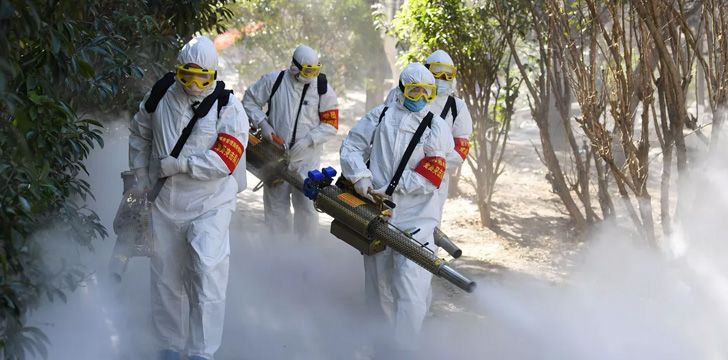
There is no evidence as of yet that the Covid-19 strain is airborne.
The official advice states that the virus can only be spread via close contact – e.g., spending 15 minutes or more within 13-foot of somebody who is infected.
The best way to protect yourself from the spread of Covid-19 is to ensure catch your sneezes and coughs in tissues that you immediately dispose of, as well regularly washing your hands to combat the chances of the virus lingering on surfaces you may touch.
But above all, remember to stay calm and vigilant – and if you feel like you may have contracted the virus then contact your national health service via phone and seek their advice on self-isolation and treatment.
Finally, here’s an infographic showing the symptoms, how it spreads and how it can kill.
Cornavirus: The Facts
